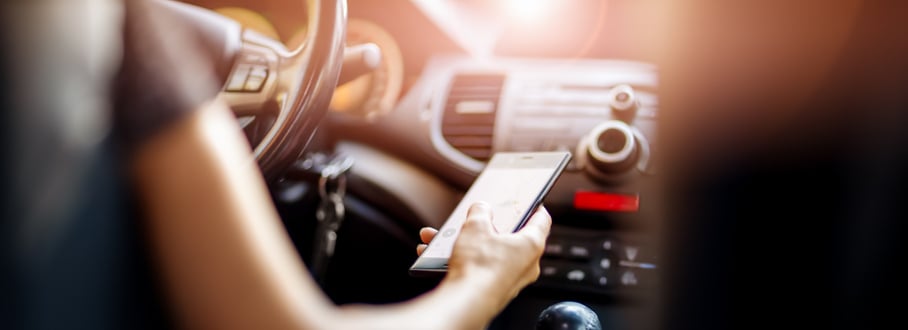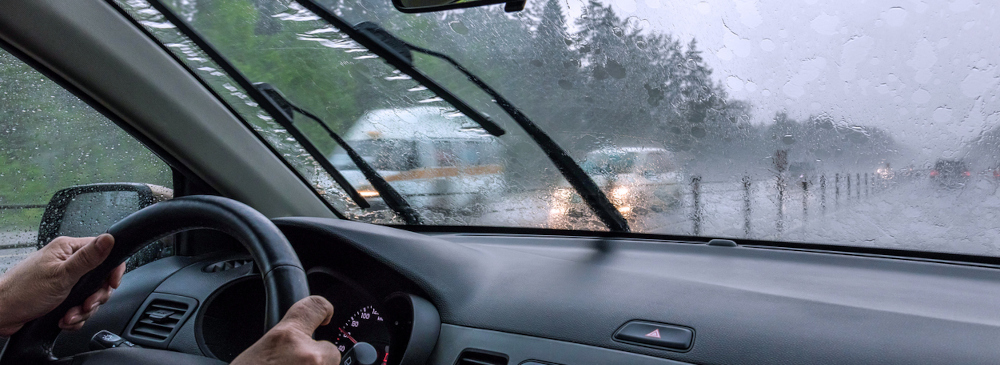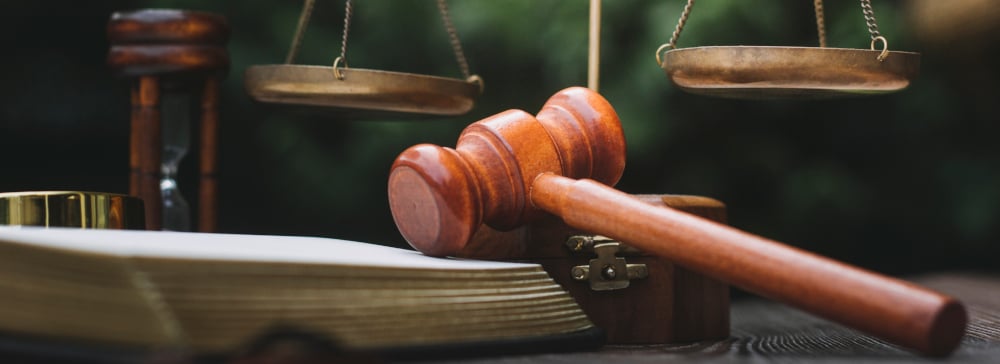Table of Contents

In the public mind, a rear-end collision is always the fault of the driver behind. That is a presumption that can be disproven under certain circumstances. Proving who is legally at fault requires a knowledgeable and experienced car accident attorney from Kogan & DiSalvo.

More than one situation can cause a rear-end collision, which is the most often occurring mishap on the roads today. Common situations include a vehicle being rear-ended at a red light in the city, or a chain reaction on the freeway started by the driver in front reacting to something ahead, with others following too closely behind.
Not enough distance between vehicles and distracted driving are high on the list of reasons why this type of crash happens at the fault of the driver behind. The law does not allow drivers to follow closely, and breaking the law can be evidence of fault.
Distraction has several contributors, including texting while driving, also illegal in Florida, operating radio controls, and taking eyes off the road at precisely the wrong moment.

The driver in front can be at fault, too. A car with burnt out brake lights or an electrical short disengaging turn signals will not alert the driver behind that the car in front is stopping or preparing to turn. Another situation is stopping abruptly for a reason that the driver behind cannot see, such as a hole or other damage to the road.
The driver in front may begin to leave a stop sign and abruptly stop for oncoming traffic because of misjudging the approaching car’s speed. An impaired driver in front may act in an unpredictable manner in violation of the law.

Drivers must under law treat all motorists on the road with care because they share the road. This is called duty of care in the law, which is an important element that must be proven to have a successful rear-end collision case in Fort Lauderdale. Finding fault is the end result of Florida’s modified comparative negligence doctrine, and that fault can be shared by drivers in front of and behind each other.
When negligence is shared, the plaintiff in the suit must be 49% or less at fault for the accident, as determined by the judge or jury or they cannot recover. For example, if the driver in the back is determined by a jury based on proven facts to be 70 percent at fault, that driver cannot recover damages in a lawsuit.
If the driver who is at fault was driving a work vehicle while in the performance of the job, the driver’s employer can also be sued for damages.

The Fort Lauderdale rear-end collision lawyers at Kogan & DiSalvo provide a free consultation to review the facts of the collision, gauge how strong of a case there is, and explain the subtleties in the law.
Your lawyer will also discuss how the legal system works and what steps can be taken to prove the case. The prospective client is not under any obligation to hire the attorney. Contact Kogan & DiSalvo to get your case started today.
If you are injured and unable to come to us,
our attorney will come to you - there is no charge for us to do so.